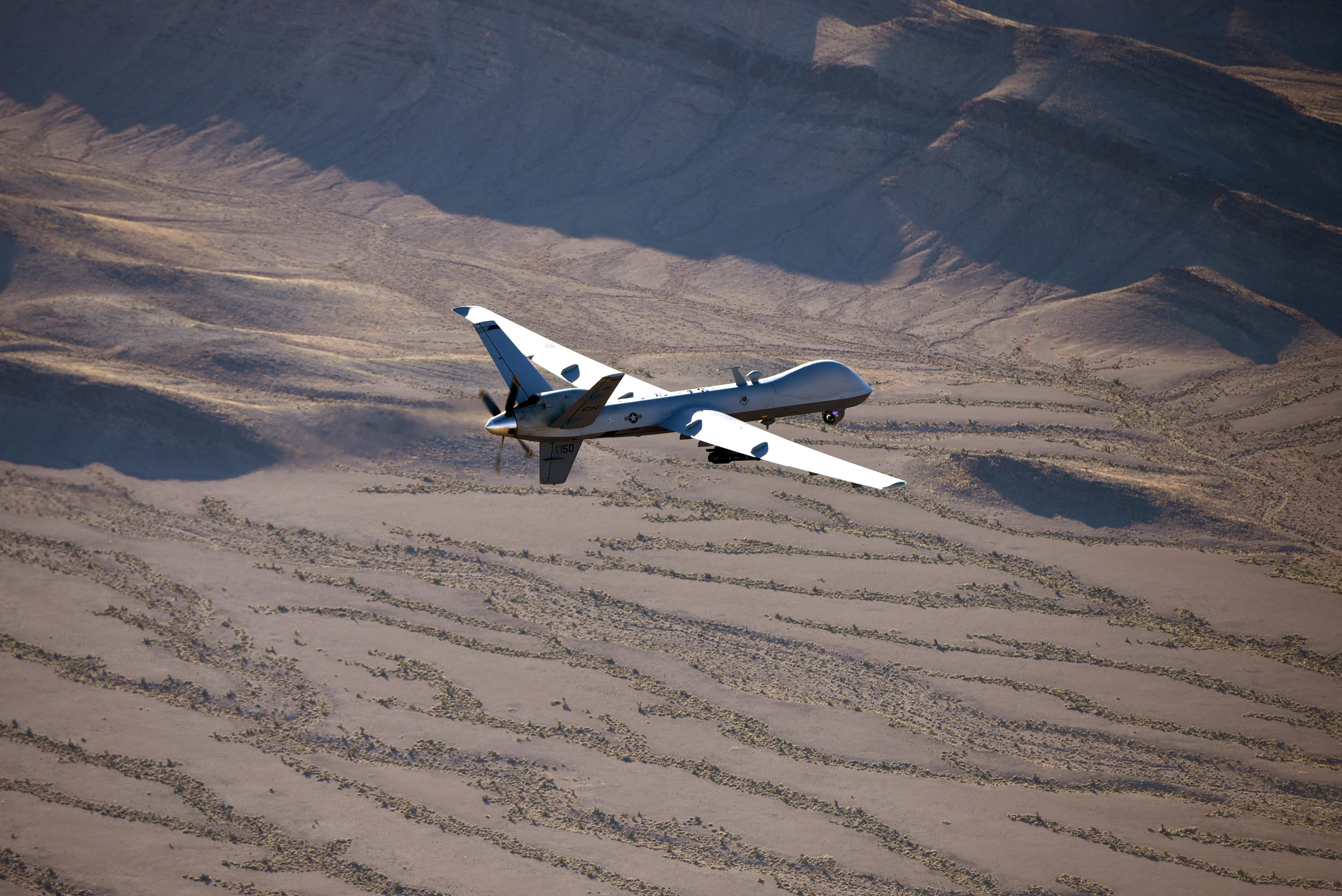WASHINGTON — Autonomous and uncrewed technologies will help transform how U.S. Northern Command and North American Aerospace Command monitor for threats, the leader of both defense organizations told Congress.
With a rapidly maturing landscape of security hazards before them, NORTHCOM and NORAD must embrace “future types of systems,” that in the past may have sounded like science fiction, Air Force Gen. Glen VanHerck said March 23.
“I think the future of homeland defense is vastly different than what we see today,” he said at a Senate Armed Services Committee hearing on fiscal 2024 spending. “It’s likely including autonomous platforms, airborne, maritime platforms, unmanned platforms with domain awareness sensors, and effectors that are kinetic and non-kinetic.”
Autonomous and uncrewed systems could linger and observe for extended periods of time, providing VanHerck and his successors a steady feed of information that can then be parsed for signs of foreign aggression. They could also be parked in places considered too risky or complicated for troops to be in-person, extending American defenses.
NORTHCOM is responsible for guarding the continental U.S. and its surroundings. NORAD combines U.S. and Canadian efforts to monitor and protect North American airspace. The teams were intimately involved with the study of the Chinese spy balloon that floated across several states earlier this year.
RELATED

The U.S. military is gravitating toward autonomy, artificial intelligence and uncrewed systems, such as remotely operated drones.
A recent update to the Navy’s “Navigation Plan,” a strategic-vision-style document, for example, included an outline of a future fleet comprising about 373 manned ships and 150 uncrewed vessels. The Army and Air Force, too, are studying how machines can augment existing human might.
“Our commands need your continued support to outpace the rapid gains made by our competitors,” VanHerck said Thursday. The Pentagon’s fiscal 2024 budget blueprint included $1.8 billion for AI.
The general’s remarks come about a year after he told reporters NORTHCOM and NORAD lacked the digital resources they needed to do their jobs to the fullest extent. A previous unfunded priorities list included an ask for nearly $30 million to buy information technology equipment and to optimize infrastructure for AI and machine learning at a joint operations center.
“My assessment today is I don’t have what I need, as far as artificial intelligence and machine learning, to give the decision space to the president, secretary of defense, the chief of defense staff in Canada, the minister of defense and the prime minister in Canada,” VanHerck said at a Defense Writers Group event in April 2022.
Colin Demarest was a reporter at C4ISRNET, where he covered military networks, cyber and IT. Colin had previously covered the Department of Energy and its National Nuclear Security Administration — namely Cold War cleanup and nuclear weapons development — for a daily newspaper in South Carolina. Colin is also an award-winning photographer.








